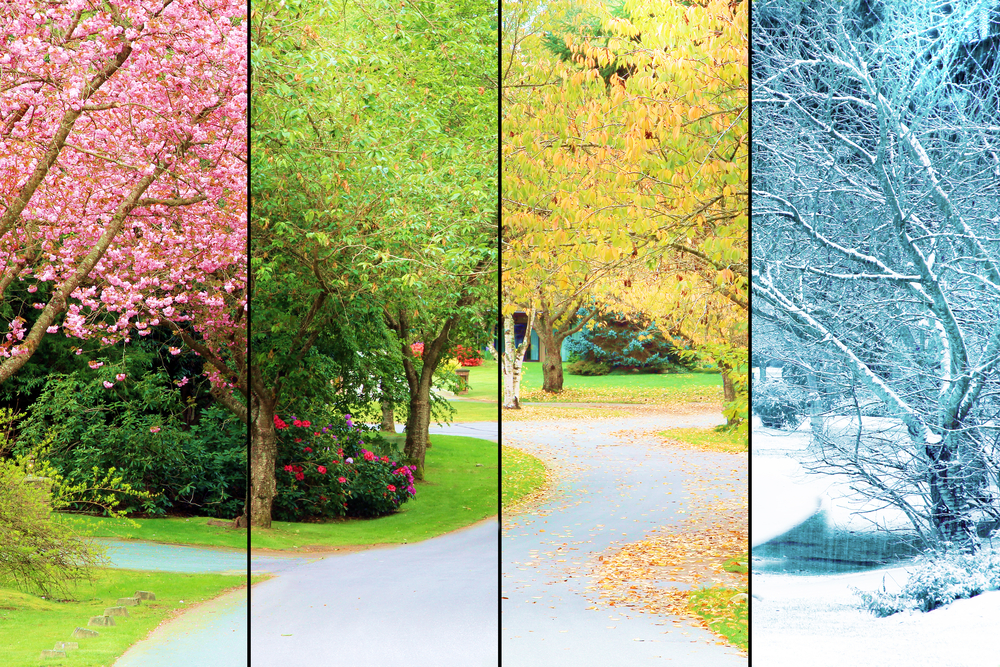Coping with seasonal affective disorder (SAD)
As the seasons change, so too can our moods and mental wellbeing. Many people find themselves feeling a little blue or less energetic during the colder, darker months. For some, this could be more than just a passing mood—it may be seasonal affective disorder (SAD). SAD is a condition that affects a significant portion of the population, particularly in regions with pronounced seasonal variations. This article explores what SAD is, its symptoms, causes, and most importantly, strategies to cope with and combat this seasonal challenge.

Understanding seasonal affective disorder
SAD is a type of depression that occurs at a specific time of year, typically during the autumn and winter months when daylight hours are shorter. It’s important to note that SAD is a real and diagnosable mental health condition. It affects people differently. While SAD is most commonly associated with winter depression, some individuals may experience it during the summer months, although this is less common.
Symptoms of SAD
Recognising the signs and symptoms of SAD is the first step in managing this condition effectively. Common symptoms include:
- Persistent sadness: feeling down or depressed for most of the day, nearly every day.
- Lack of energy: feelings of fatigue, even after a full night’s sleep, are common.
- Changes in sleep patterns: SAD can lead to oversleeping (hypersomnia) or difficulty sleeping (insomnia).
- Weight changes: a significant change in appetite and weight, typically characterised by overeating and weight gain, may occur.
- Difficulty concentrating: finding it hard to focus, think clearly, or make decisions.
- Withdrawal: social withdrawal, loss of interest in activities, and a desire to isolate oneself.
- Feelings of hopelessness: persistent negative thoughts and a sense of hopelessness are common.
Causes of SAD
The exact cause of SAD is not fully understood, but several factors likely contribute to its development:
- Biological factors: changes in light exposure can disrupt the body’s internal clock (circadian rhythm) and the production of melatonin and serotonin, two neurotransmitters that play a crucial role in regulating mood and sleep.
- Genetics: there may be a genetic predisposition to developing SAD, as it often runs in families.
- Environmental factors: living at higher latitudes, where there is less daylight during the winter months, can increase the risk of SAD. Additionally, a lack of sunlight can affect vitamin D levels, which may influence mood.
Coping strategies for SAD
If you or someone you know is experiencing SAD, there are several strategies that can help manage and alleviate its symptoms:
- Light therapy: light therapy, or phototherapy, involves exposure to bright artificial light that mimics natural sunlight. This can help regulate the body’s internal clock and improve mood.
- Exercise: regular physical activity releases endorphins, which can help alleviate depressive symptoms. Even a short daily walk can make a difference.
- Healthy eating: maintain a balanced diet rich in fruits, vegetables, and whole grains. Avoid excessive consumption of sugary or highly processed foods.
- Mindfulness and relaxation techniques: practices such as meditation, deep breathing exercises, and yoga can help reduce stress and improve mental resilience. Click here for our news piece on 5 simple ways of integrating mindfulness into a busy life. Registration at our client portal also gives access to our (free) self-help tools on breathing, meditation, mindfulness and yoga.
- Social connection: stay connected with friends and loved ones, even when you may feel like withdrawing. Social support is crucial for mental health.
- Dear Winter: writing a “Dear Winter” letter can serve as a form of therapeutic expression. This type of letter allows you to acknowledge and reflect on your feelings and emotions – both positive and negative – related to the challenging winter season, and may provide a sense of release and empowerment. Click here for an example of a Dear Winter letter.
- Professional help: if SAD significantly impacts your life, consider seeking help from a mental health professional. Therapy, medication, or a combination of both can be effective treatments.
Conclusion
Seasonal affective disorder is a real and manageable condition that affects many individuals as the seasons change. By understanding its symptoms, potential causes, and coping strategies, you can take proactive steps to maintain your mental health and wellbeing throughout the year.
If you or someone you know is struggling with SAD, remember that help is available. MindBerry has a diverse team of qualified, experienced professionals. ‘GET IN TOUCH’ with us today; seeking support is a sign of strength.


